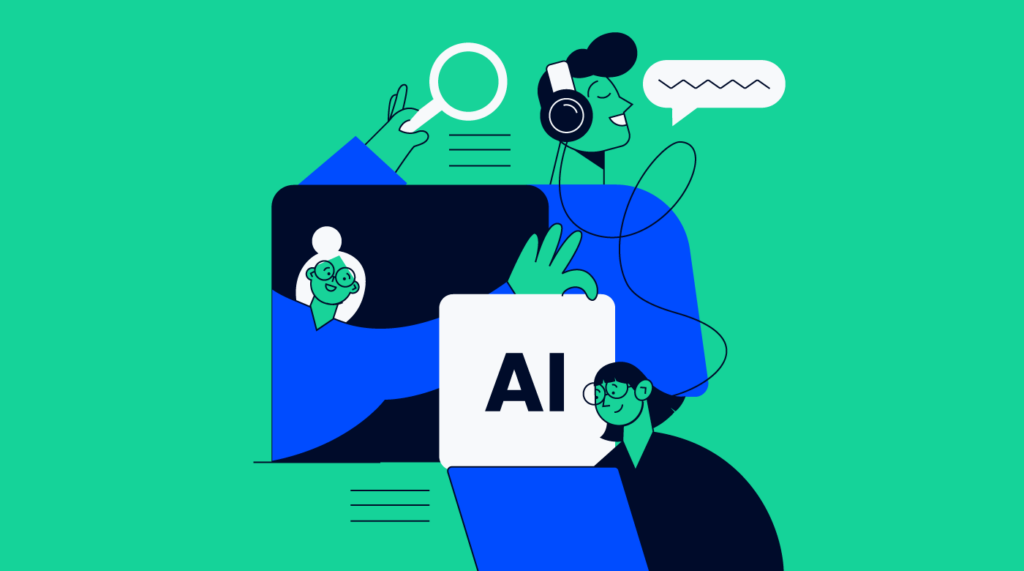Over the past 8 months, sharing research, knowledge, and insights on AI and Project Management with over 25,000 global attendees across more than 20 events has been immensely rewarding. This journey started in 2018, with presentations at the PMI New Zealand National Conference and PMI Singapore in 2019, among numerous engagements recently.
A prevalent concern and phobia exist regarding AI's potential impact on the future of work, which is fueling fears of job loss. To alleviate these concerns, my approach involves demonstrating how AI can empower individuals by automating mundane tasks.
Automating meeting minutes, a task universally deemed tedious by project managers, serves as a prime example. The goal is to showcase AI as a tool to empower and augment human capabilities, not to replace them.
While the Singapore AI Governance Framework suggests tailoring the level of human involvement in AI based on an organization's risk appetite, with three defined approaches, further investigation uncovered a fourth, leading to the development of a comprehensive model segmented into four quadrants. This model, assessing AI decisions by their probability and severity of potential harm, offers a sophisticated strategy for integrating AI across various sectors.

Starting with Quadrant 3, Human out of the Loop: This quadrant highlights where Generative AI surpasses human capabilities, operating autonomously without oversight.

Ideal for expanding and improving processes through automation or predictive algorithms, some examples include weather forecasting, product recommendations, and personalization involving complex parameters, social media algorithms, and supply chain forecasting.
It is crucial to design, configure, and fine tune the AI models in this quadrant with a well-thought out process, careful precision, and extensive testing specific to the business domain.

Quadrant 4, Human in the Loop, necessitates continuous human oversight, involvement, and control. In this quadrant, the AI model offers recommendations or suggestions, but it's ultimately the responsibility of the overseeing human to accept, reject, or modify these proposals. Such decisions require active human engagement and cannot proceed without it.
An example of this dynamic model is RAIDlog.com, which employs Generative AI to identify potential project risks from previously gathered data. The decision to adopt, adjust, or disregard the risk identified by the AI model rests with the project manager.
Following a decision to accept or alter an identified risk, RAIDlog.com intuitively proposes a risk mitigation strategy, which again, awaits the project manager's approval or further modification.
Human in the Loop positions Generative AI as a versatile assistant for everyone, significantly aiding in the management of repetitive, tedious, and time-intensive tasks. This collaboration not only enhances productivity but also contributes to the bottom line and elevates the quality of the work product.
Find other use cases for AI in project management here.
Quadrant 2, Human Over the Loop, highlights scenarios where AI operates independently, akin to autopilot or cruise control systems. Human oversight and judgment remain crucial, ensuring individuals are ready to intervene during AI model failures or when facing unexpected or adverse outcomes.

The model in this quadrant leverages the maturity of processes and extensive testing to minimize risk, yet the potential severity of harm necessitates human intervention under exceptional circumstances.
Applications in this quadrant include autonomous vehicles, predictive maintenance in industries like oil & gas, complex resource scheduling, standardized sales processes or standard templated plans, or standard operating procedures such as recurring job schedules, treatment plans, corrective action plans, communication templates, draft deliverables, and others.
While AI may surpass human capabilities in efficiency and precision within this quadrant, the critical nature of potential outcomes mandates human monitoring. This oversight ensures that, should the need arise, corrective measures can be promptly implemented to mitigate any negative impacts effectively.

Quadrant 1, Human on the Loop: In this quadrant the probability of harm is high as is severity, thus it requires humans on the (top of the) loop to manage the AI model with ability to completely turn off the model and manage by exception.
Examples include building a new AI model, health care decisions, deployment of weapons in war zones, and deciding if the AI model aligns with governance and policy guidelines.
Incorporating human judgment and ethical considerations becomes crucial in these high-risk scenarios, ensuring that AI models align with human values, governing laws, and societal norms.
The involvement of a human on the loop ensures that AI models operate within ethical, safe, and controlled boundaries, with the capacity for human intervention to override or completely deactivate the AI model if necessary.
Conclusion
In summary, human involvement in AI governance ensures ethical, safe, and controlled AI operations, aligning with societal norms and values.
As we venture further into the era of AI, the balance between technological autonomy and human oversight becomes increasingly critical. The four quadrants of AI management outlined here provide a roadmap for navigating this complex landscape, emphasizing the indispensable role of human judgment in ensuring ethical, safe, and effective AI use.
By understanding and implementing these frameworks, we can harness the power of AI while safeguarding our societal values and human welfare, steering towards a future where technology and humanity progress in harmony.
If you’re interested in discussing this further with other experts in the project management space, join DPM membership and get access to the conversation in Slack with 100s of other digital project managers.

